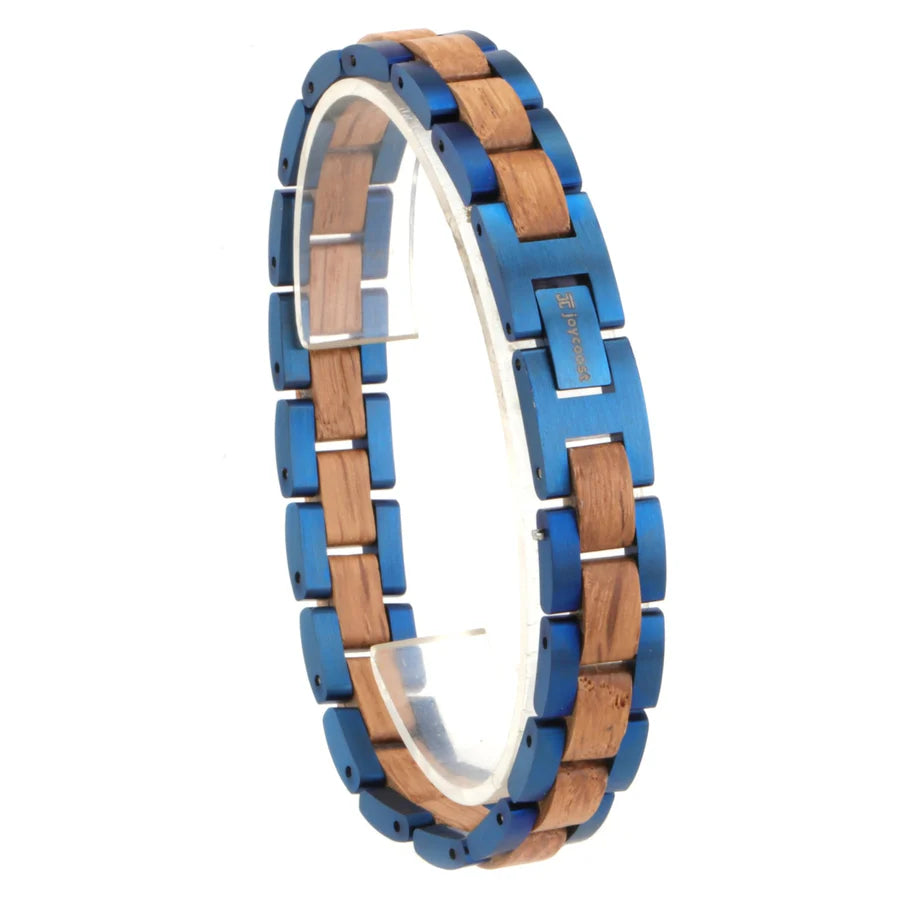There are a lot of things to keep in mind when dealing with Walnut wood, which may make it a bit difficult to understand its importance. Through this guide, we hope you gain a better understanding of the different types of Walnut woods, their uses, and how to handle them properly.
What is Walnut Wood?
The Walnut wood is a popular kind of lumber for its strength, coloring, its ability to be polished and furnished beautifully, as well as the ability to be formed into intricate curves. This type of wood is common in making furniture, floorings, and gunstocks, to name a few. As it can be easily shaped, most wood enthusiasts prefer it for customizing their cabinets, stair handles, and other decorative woodworks.
A lot of people consider having Walnut wood furniture a good investment since it's rare and it stays strong for a long time. Because of this, it can be quite costly compared to other hardwoods. Another thing that makes it a popular choice is because of its wide variety of grain patterns that expand your interior design options.
What Color is Walnut Wood?
Walnut wood comes in a wide range of colors. Sapwood, or the outer part of the tree, ranges from yellow and gray to nearly creamy white. However, the heartwood or the inner portion of the wood come in dark or vibrant colors. Some colors may also be seen, such as reddish rays, purple marks, with some darker streaks. Some wood manufacturers also use stains to maintain the dark color of the wood.

The location of the wood and how it was heat-treated before manufacturing can have a great impact on its coloring. Fast-dried walnut woods have a flat brown color. Generally, faster drying is done on bigger chunks of wood since they dry slower when left to dry naturally. Leaving them undried for a long time increases the risk of them rotting.
On the other hand, woods that are air and sun dried have a unique dark-purplish color. A general rule of thumb is that walnut wood darkens more with longer exposure to heat drying.
Is Walnut a Hard or Soft Wood?
Walnut wood is considered hardwood, but not for the reasons you may think. The term hardwood doesn’t actually indicate its strength or its resistance to damage. It is used to categorize woods that come from dicot trees. Dicot trees are any flowering tree with broad leaves. Some other examples of hardwood trees are oak and maple.
Is Walnut Wood Strong?
Walnut is a very strong wood. The durability of wood can be measured using the Janka hardness test. To test it, a force is applied to a steel ball until it is embedded halfway to the wood, and measured in pounds-force (lbf).
Walnut wood measures around 1,010 lbf or 1,010 Janka. This puts walnut under the Janka category of wood that is ideally used for flooring. These types of wood are durable enough to withstand a little damage while still being easy to work with and install. .
Where Does Walnut Wood Grow?
Ideally, black walnut trees should be planted in bright, well-drained soil with direct sunlight in order to grow tall. Under these conditions, walnut trees can exceed 100 feet in height and six feet in diameter.
States such as Ohio, Illinois, and Indiana grow a big number of healthy walnut trees because of the perfect climate. Walnut trees are also found throughout the eastern United States and eastern Canada.
What are the Different Types of Walnut Wood?
Walnut woods come in a wide variety. Knowing the differences between each is crucial to choosing the one that you need as they also differ in strength and color.
There are six types of Walnut woods namely, English, Black, Claro, White, Bastogne, and Peruvian Walnut. Although walnut wood is popular with woodworkers, some types are not quite strong enough to make into furniture. Some examples of this are the peruvian and white walnut. These are better used in making musical instruments, interior trims, and carvings. In terms of color, the peruvian and claro walnut woods are among the darkest, while bastogne and white wood are the lightest.
Among the six types, English and Black Walnut are the most popular due to their abundance and strength. Below is more information on each.
English Walnut wood
English Walnut wood is obtained from trees that yield edible walnuts. It has a pale brown to dark chocolate heartwood and a pearl white sapwood. In comparison to other walnut woods, this type is more expensive so it is frequently used only as veneer. It measures a 1,220 lbf Janka hardness level and is characterized as moderately durable.
Black Walnut wood
American woodworkers crave this walnut wood the most because of its incredible strength, excellent dimensional stability, and shock resistance. Plus, it is abundantly available in North America, unlike the other types. It is still costly, but at a more reasonable price. This wood is commonly used in constructing cabinets, machines, and even hand tools.
How to Polish Walnut Wood?
If you want to ensure a perfect finish for your Walnut wood and prolong its lifespan, there are three things you can do. First is to use Grain Filler. It adds contrast and helps achieve a glass-smooth top coat. Next is using a Wet-sanded Tung Oil Varnish. This process enhances the natural color and fills grain. The last one is using dye and glaze. This way, you can hide the sapwood color and create a new,even color.
Is Walnut Wood Sustainable?
Wood from walnut trees, particularly black walnut trees, are among the most sustainable wood products available. As they grow, they store carbon from the environment, and absorb carbon throughout their life as furniture. They also offset their carbon footprint at the end of their useful life when they’re recycled or used as firewood. .
You can also find sustainably harvested timber through reliable certifications such as the Forest Stewardship Council (FSC) and the Program for Endorsement of Forest Certification (PEFC)
Can I be Allergic to Walnut Wood?
Walnut wood is totally safe when referring to solid wood. But wood dust is a different matter. Walnut dust can cause irritation, sensitization, and even poisoning. These can cause allergic reactions on your skin, eyes, and lungs.These reactions can be developed after several exposure to wood dust.
In order to prevent these, it is important to make sure that there is no dust residue anywhere near any living organisms. Using a vacuum is recommended in the cleaning of sawdust. Wearing protective equipment such as gloves, mask, and goggles are also a must in doing woodwork. It is also better if you apply a protective barrier cream on exposed skins to avoid having blisters and rashes.
In worse cases, walnut wood dust can also cause Nasopharyngeal carcinoma (NPC) or nasopharyngeal cancer. NPC occurs to a person if there is an overexposure to wood dust and other human allergens. Although this case is rare in America, it is still better to practice preventive measures.
Is Walnut Wood Toxic to Humans?
Despite its beauty and perfect finish, Walnut wood can also be hazardous to humans. Every part of its tree contains a chemical called juglone. This chemical has the ability to stunt the growth of nearby plants, and can be poisonous to humans once ingested. Aside from this chemical, the walnut husks can also trigger an allergic reaction that leaves red spots on skin.
Even with these conditions, walnut wood can still be collected safely from its tree. It is important to keep the soil well-drained and adequately watered. This way, the toxins are being flushed away little by little. Eventually, its toxic effects will fade over time. Again, protective gloves and masks are also needed if you are planning to go near your walnut tree.
Is Burning Walnut Wood Toxic?
If you are concerned about burning walnut wood due to the chemical juglone, you should not worry anymore. As you burn the woods, the chemicals also break down in the fire. So the ash isn't as harmful as the sawdust. As a result, you can use walnut wood logs in your fireplace without worry.











